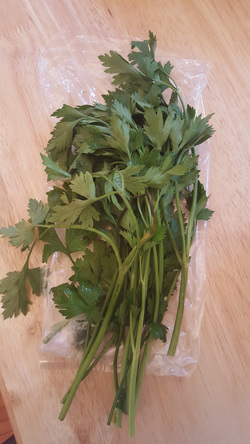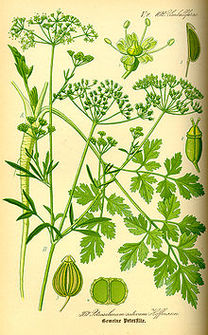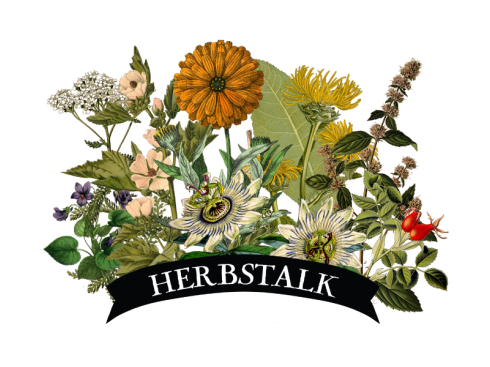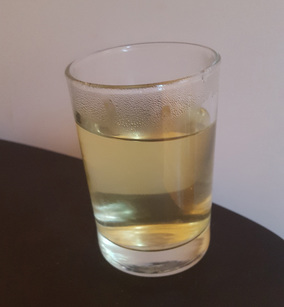|
by Michael Blackmore I have to admit during the summertime, I go a bit nuts about parsley at the farmers markets here in Boston. Of course, it always raises a few eyebrows when they ask what I’m making with it all and I respond “Tea, lots of tea…”  (Petroslinum crispum var. neapolitanum: Italian or Flat Leaf Parsley) (Petroslinum crispum var. neapolitanum: Italian or Flat Leaf Parsley) Sure I cook with it a bit – I love throwing some chopped fresh parsley in my scrambled eggs – part of an awesome breakfast that those cereal commercials never talk about! But I mainly take the opportunity to use the summertime abundance of fresh parsley for healing aspects which it is also awesome for. There are two main cultivars of parsley that you see in stores, farmers markets and gardens - curly leaf (var. crispum) and Italian (flat leaf) (var. neapolitanum). Really being cultivars of the same species they are pretty interchangeable for most herbalist purposes. Personally though, I like the flat leaf better since it more closely resembles the original wild parsley. I like that illusion of wildness in the midst of big city urban living. ;-) One of the first things to think about with parsley is built into its scientific name which roughly means "Rock Parsley" –- hinting to its use as an antilithic! Antilithics break up “stones” such as in the blockages known as calculi (plural of calculus) which are generally made of salts of acids or other things such as cholesterol. Think of it as a breaking up congestion and aiding the fluid and energetic flows of the body.  Some general aspects I love about parsley:
You can eat it, make a tea with the leaves and stems, and you can tincture them as well. The seeds and roots are also used - both as teas and tinctures – but they are more concentrated. You can juice the leaves but it can be a bit intense and overly strong in that form. I tend to eat it regularly as well as make tea with it semi-regularly as a bit of health maintenance, but when I am dealing with a specific issue I may rotate in some nice decoction of it in smaller shots/juice glass sizes. In that situation, I treat it as something more strongly medicinal – which is it! Just because parsley is a food, don’t be complacent about it -- it is a powerful herb in larger or more concentrated doses. It’s well advised to not take too large of a dose and avoid using it if you have kidney disease, are pregnant, or are taking blood thinning meds, diuretics, etc. Treat it with the respect it is due and love it in moderation! I always think of the song, Parsley My Dear: Parsley my dear you have always been my inspiration Please Be good to me Parsley my love Don't forget me Parsley my dear Sure, that is not really the song but it should be -- and is to me!  Michael Blackmore is an Herbal Educator, book lover, dedicated yogi practitioner, friend to bees and crows, servant of cats (so they tell me!) He loves exploring the wonders of our plant friends and sharing it all through his teaching and writing. Mad Crow Herbalism is his one of his online haunts. Comments are closed.
|
Archives
November 2023
Categories
All
|
Join the Newsletter!
Receive news about future Herbstalk events
Thank you!
You have successfully joined our subscriber list.
Copyright © Herbstalk 2024


 RSS Feed
RSS Feed